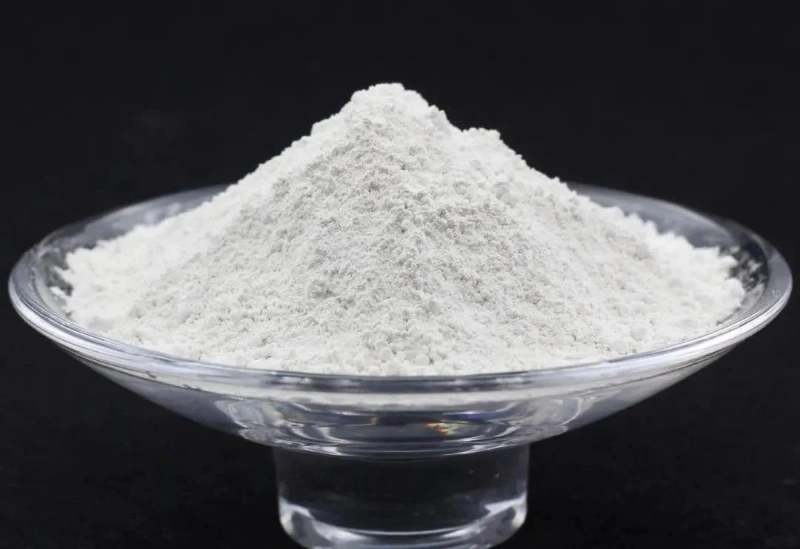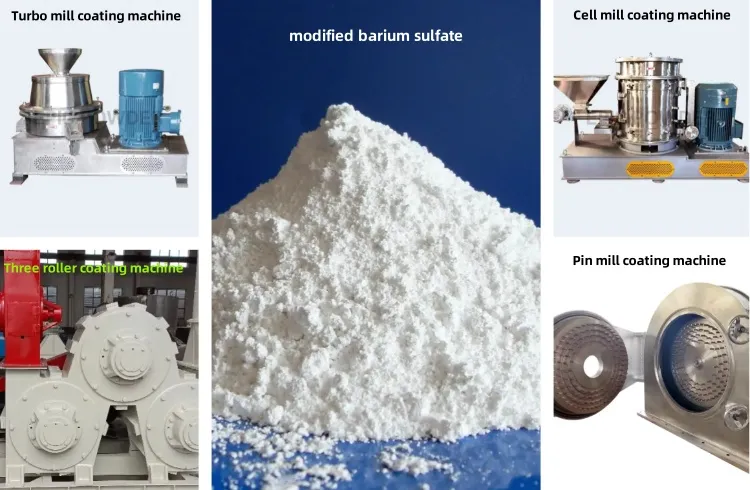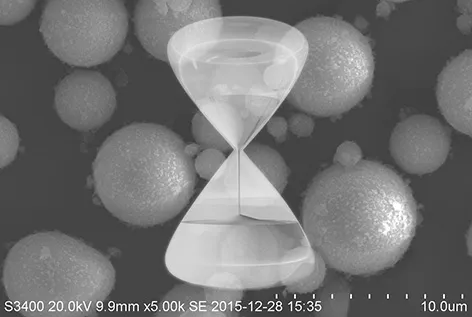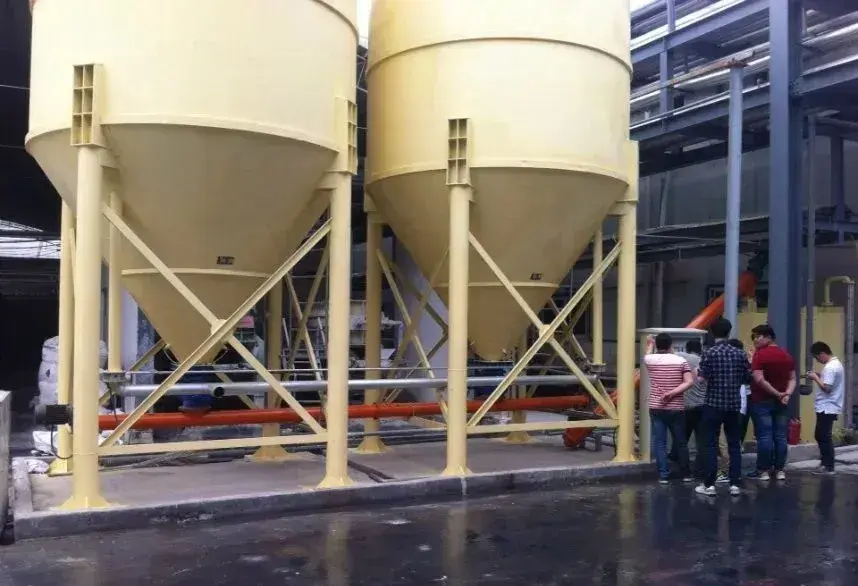In modern industrial fields, silicon micro powder, with its high activity and high filling properties, has become a popular material in industries such as electronic packaging, coatings, and plastics. However, its high surface energy and poor compatibility with organic matrices pose a challenge. The solution lies in silica powder surface modification technology!

Main Components of Silicon Micro Powder
Silicon micro powder mainly consists of amorphous silica and is divided into various types, including standard, electrical grade, and electronic grade, based on production processes and intended use. Surface modifiers are the key to “transforming” silicon micro powder. Common modifiers include coupling agents, surfactants, and polymers. For example, silane coupling agents can act as a “molecular bridge” between silicon micro powder and organic matrices, while surfactants reduce the surface energy of silicon micro powder, improving its dispersibility.
Objectives and Mechanisms of silica powder Surface Modification

The objectives of surface modification are clear. It improves the dispersibility of silicon micro powder and ensures its uniform distribution in organic matrices. It enhances the interfacial bonding strength with organic matrices, improving the performance of composite materials. Additionally, it imparts special functions such as flame retardancy and conductivity. The modification mechanisms include chemical adsorption, physical adsorption, and chemical reactions. For example, the chemical reaction between coupling agents and the hydroxyl groups on the surface of silicon micro powder can firmly bind the modifier.
Applications
In practical applications, modified silicon micro powders stand out. In the field of electronic packaging, modification with silane coupling agents reduces the materials’ coefficient of thermal expansion. This enhances the reliability of electronic components. In coatings, silicon micro powders modified with surfactants improve flow and corrosion resistance. In plastics and rubbers, silicon micro powders modified with titanates and other coupling agents enhance the mechanical properties of the products.
Choosing the Right silica powder Surface Modification Process
Currently, the main surface modification processes for silicon micro powder are dry methods, wet methods, and chemical vapor deposition (CVD). The dry method is simple to operate and suitable for large-scale production. However, the modification effect can be inconsistent. The wet method offers uniform coating and stable quality but at a higher cost. Chemical vapor deposition (CVD) allows for precise control over the modification layer. It is mainly used in the development of high-end products.
conclusion
Finally, the modification effects are evaluated through multiple dimensions. These include physical properties, such as particle size and specific surface area. Chemical properties, such as surface composition and wettability, are also considered. Application properties, like dispersibility and mechanical properties, are crucial. This ensures that silicon micro powder meets the needs of various applications. After surface modification, silicon micro powder is injecting a continuous stream of new energy into industrial development!
epic powder
Epic Powder, 20+ years of work experience in the ultrafine powder industry. Actively promote the future development of ultra-fine powder, focusing on crushing, grinding, classifying and modification process of ultra-fine powder. Contact us for a free consultation and customized solutions! Our expert team is dedicated to providing high-quality products and services to maximize the value of your powder processing. Epic Powder—Your Trusted Powder Processing Expert !

